Rainbow Table
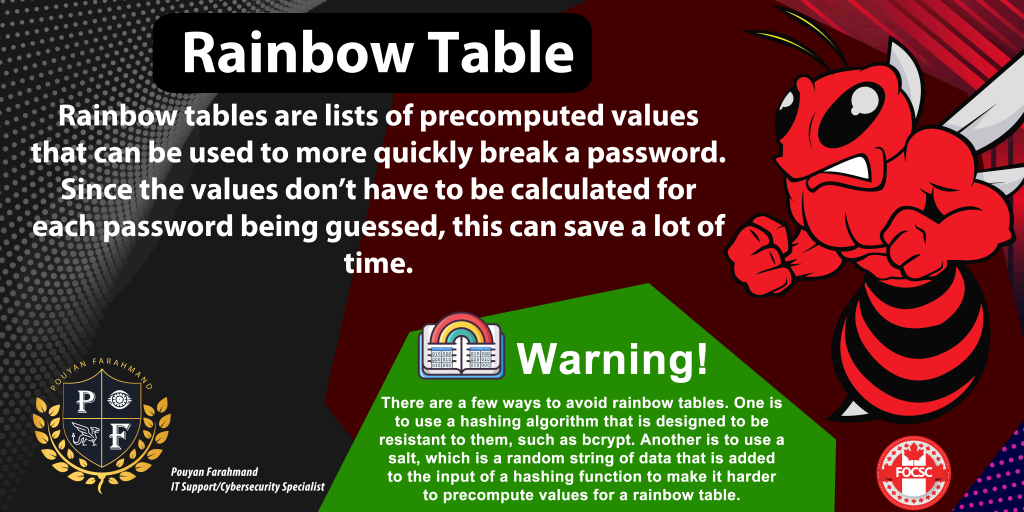
Rainbow Table Rainbow tables are lists of precomputed values that can be used to more quickly break a password. Since the values don’t have to be calculated for each password being guessed, this can save a lot of time. Warning! There are a few ways to avoid rainbow tables. One is to use a hashing algorithm that is designed to be resistant to them, such as bcrypt. Another is to use a salt, which is a random string of data that is added to the input of a hashing function to make it harder to precompute values for a rainbow table.
Cryptanalysis Attack
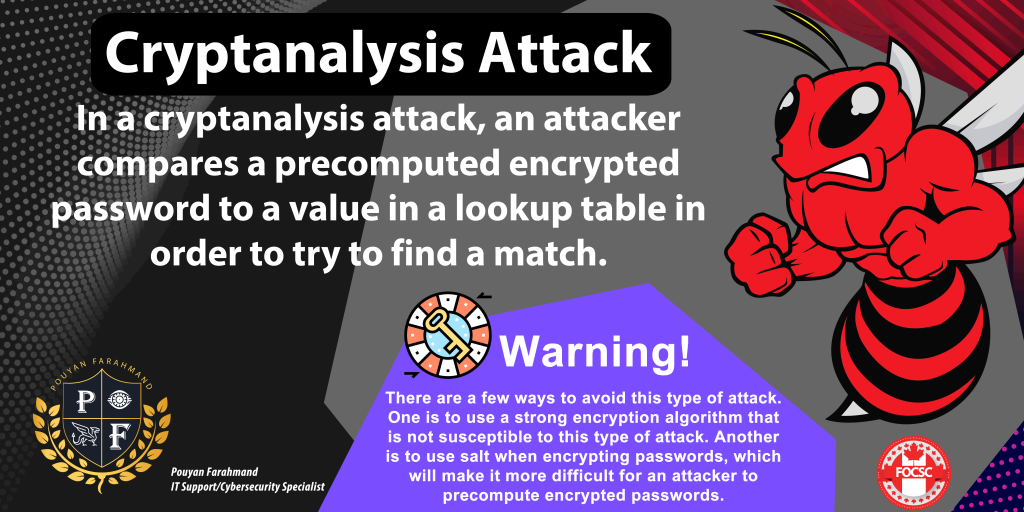
Cryptanalysis Attack In a cryptanalysis attack, an attacker compares a precomputed encrypted password to a value in a lookup table in order to try to find a match. Warning! There are a few ways to avoid this type of attack. One is to use a strong encryption algorithm that is not susceptible to this type of attack. Another is to use salt when encrypting passwords, which will make it more difficult for an attacker to precompute encrypted passwords.
Password Spraying
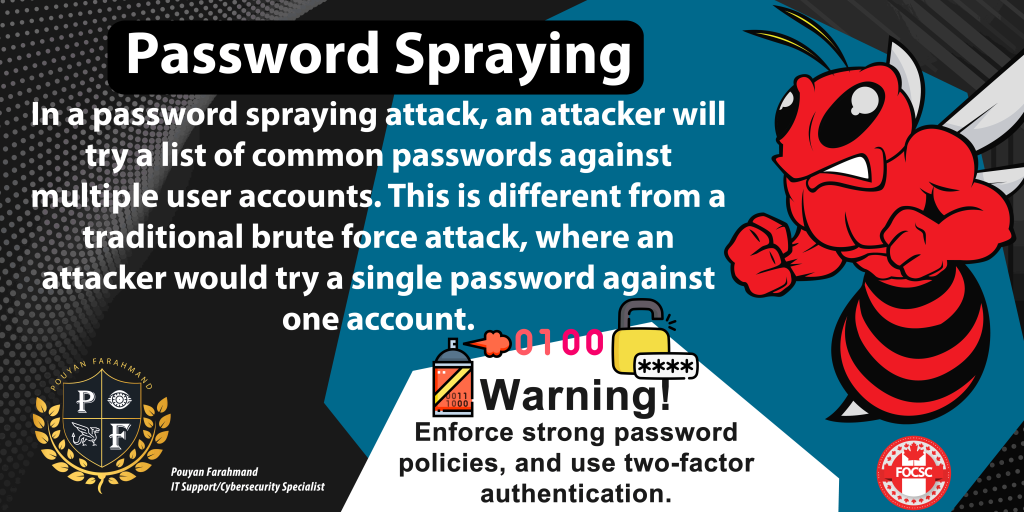
Password Spraying In a password spraying attack, an attacker will try a list of common passwords against multiple user accounts. This is different from a traditional brute force attack, where an attacker would try a single password against one account. Warning! Enforce strong password policies, and use two-factor authentication.
Bluejacking

Bluejacking The sending of unsolicited messages to Bluetooth-enabled devices such as mobile phones and tablets is known as bluejacking. Warning! To avoid bluejacking, make sure that your Bluetooth device is turned off when you are not using it.
Social Engineering
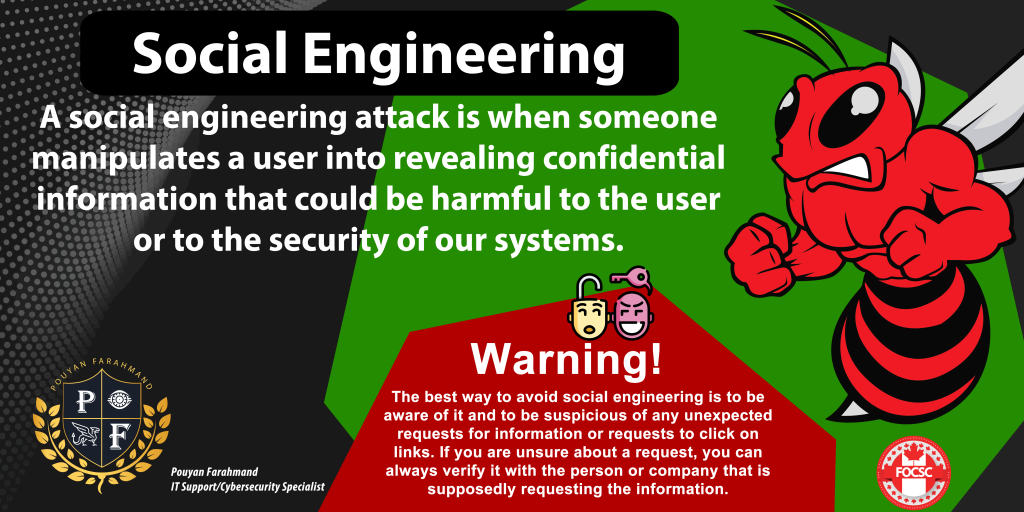
Social Engineering A social engineering attack is when someone manipulates a user into revealing confidential information that could be harmful to the user or to the security of our systems. Warning! The best way to avoid social engineering is to be aware of it and to be suspicious of any unexpected requests for information or requests to click on links. If you are unsure about a request, you can always verify it with the person or company that is supposedly requesting the information.
WHISPER HACKING AI

WHISPER HACKING AI Whisper code is a type of audio signal that is inaudible to humans, but can be picked up by AI devices. This type of code can be used to hack into AI systems and take control of them. It is important to be aware of this type of code and how to protect against it. There are a few things you can do to help protect your AI system from being hacked using whisper code: 1. Use an AI system that has been specifically designed to resist whisper code attacks. 2. Use an AI system that is not connected to the internet or any other network. 3. Use an AI system that is not able to receive audio input. 4. Use an AI system that is not able to output audio. 5. Use an AI system that is not able to process or store audio files. 6. Use an AI system that is not able to interpret or understand human speech. 7. Use an AI system that is not able to generate human speech. Secure Your AI System – Protect Against Whisper Code Hacking
HACKING AI

HACKING AI The danger of AI being hacked and poisoned with data is real and rising. To stop it, we need to be proactive about security and data governance. Here are some things you can do: 1. Keep your AI system updated with the latest security patches. 2. Implement data governance and security controls to protect your data. 3. Educate yourself and your team on the risks of AI data poisoning and how to prevent it. 4. Be vigilant about monitoring your AI system for signs of data tampering. 5. If you suspect your AI system has been hacked or poisoned, take immediate action to mitigate the damage. Protect Your AI System from Data Poisoning – 5 Steps to Secure Your AI System
Evil Twin
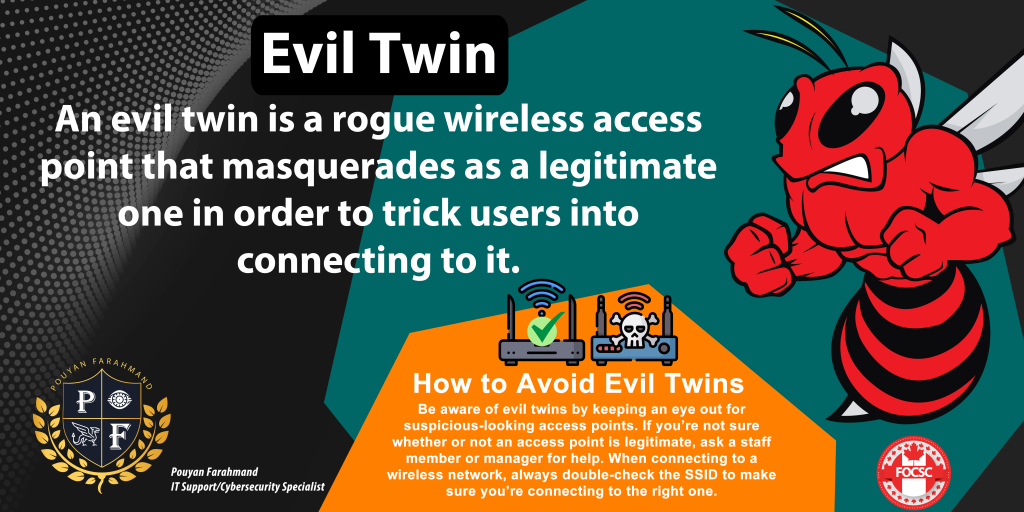
Evil Twin An evil twin is a rogue wireless access point that masquerades as a legitimate one in order to trick users into connecting to it. How to Avoid Evil Twins Be aware of evil twins by keeping an eye out for suspicious-looking access points. If you’re not sure whether or not an access point is legitimate, ask a staff member or manager for help. When connecting to a wireless network, always double-check the SSID to make sure you’re connecting to the right one.
Weak Passwords
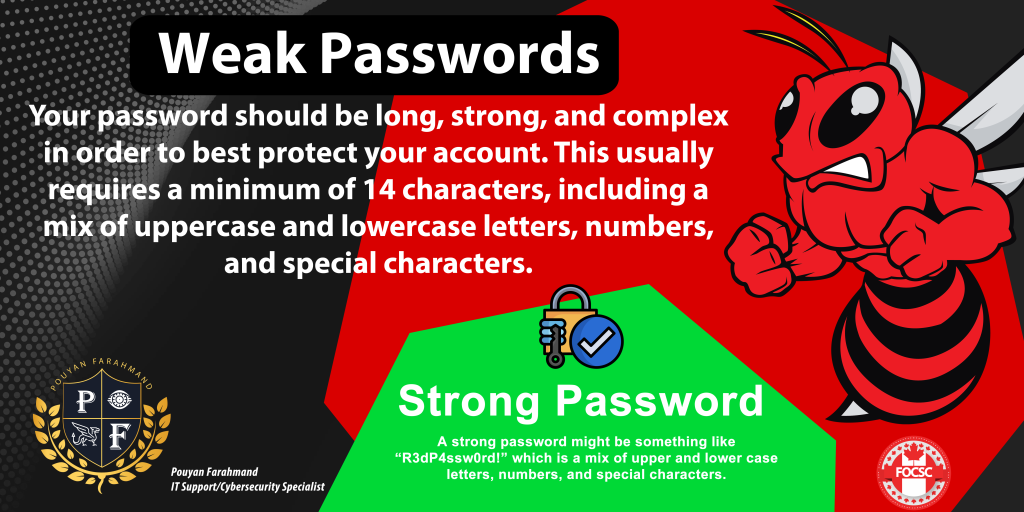
Weak Passwords Your password should be long, strong, and complex in order to best protect your account. This usually requires a minimum of 14 characters, including a mix of uppercase and lowercase letters, numbers, and special characters. Strong Password A strong password might be something like “R3dP4ssw0rd!” which is a mix of upper and lower case letters, numbers, and special characters.
Vishing
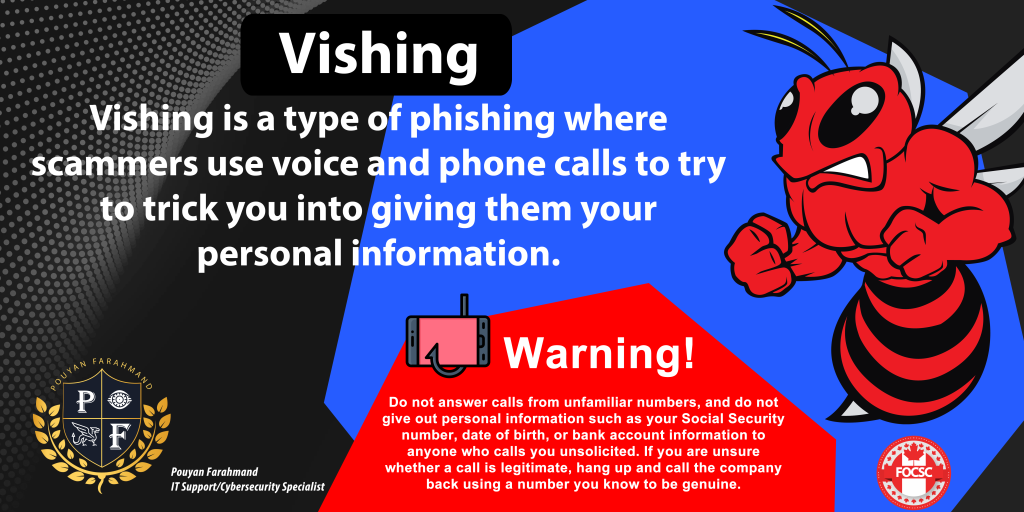
Vishing Vishing is a type of phishing where scammers use voice and phone calls to try to trick you into giving them your personal information. Warning! Do not answer calls from unfamiliar numbers, and do not give out personal information such as your Social Security number, date of birth, or bank account information to anyone who calls you unsolicited. If you are unsure whether a call is legitimate, hang up and call the company back using a number you know to be genuine.
